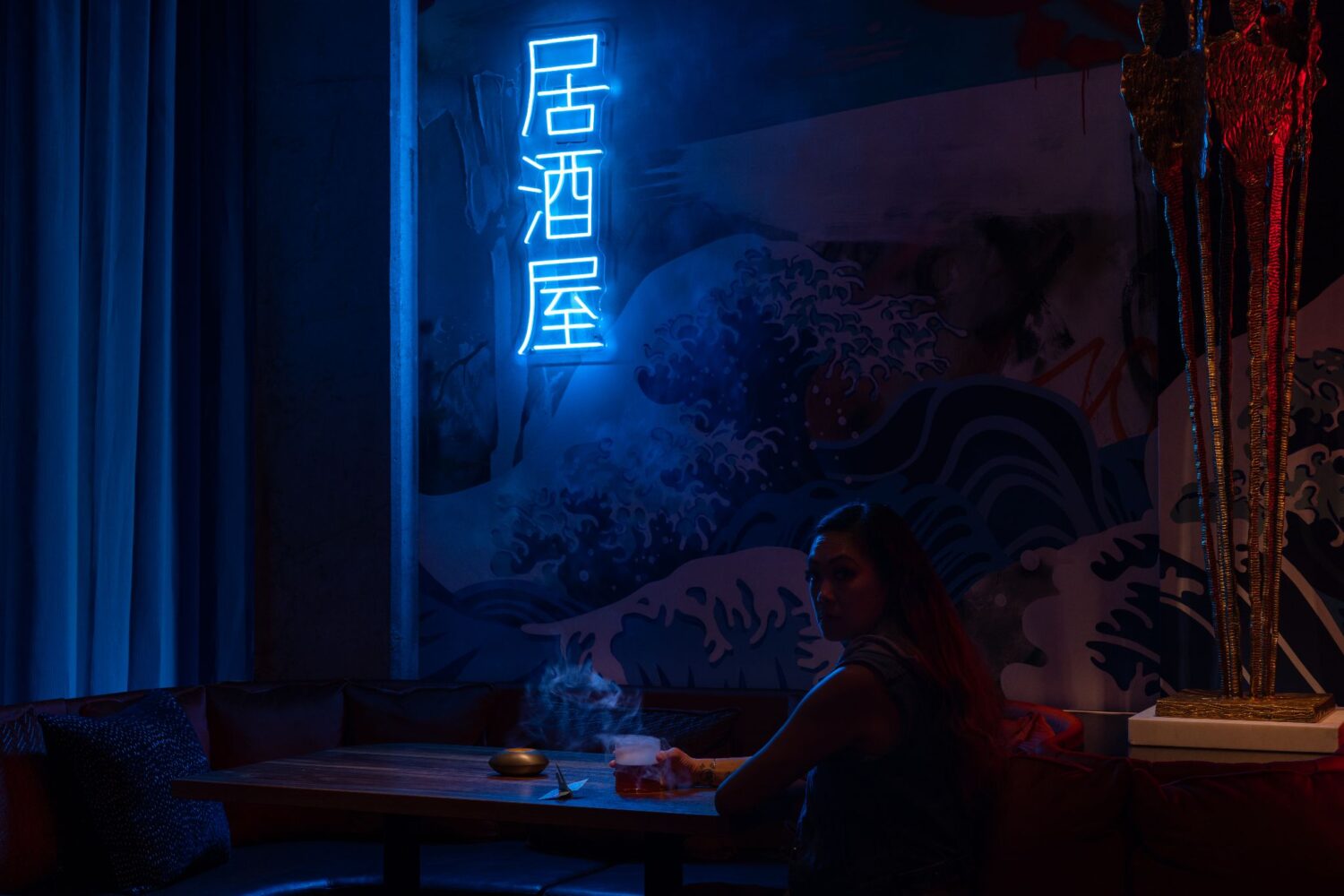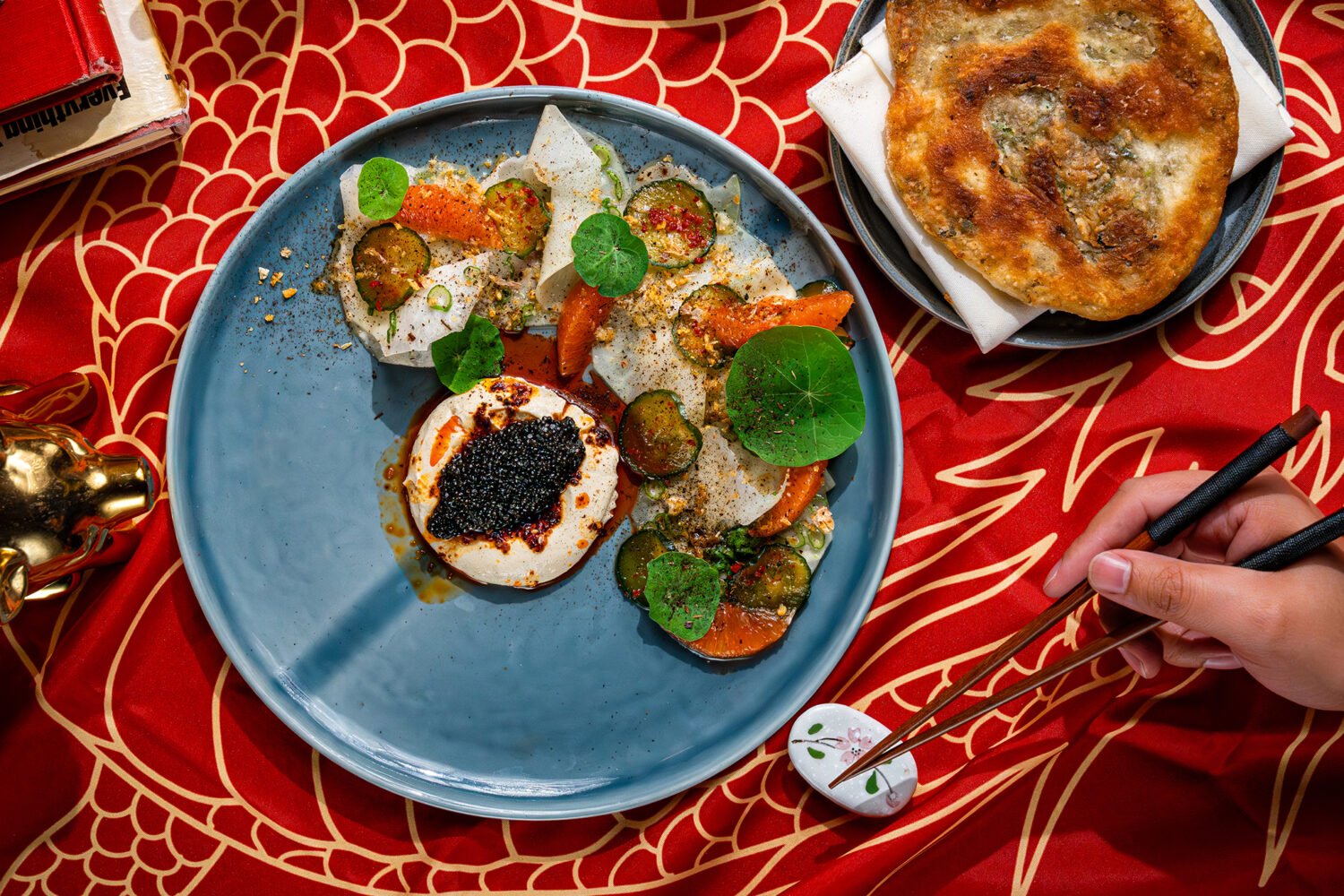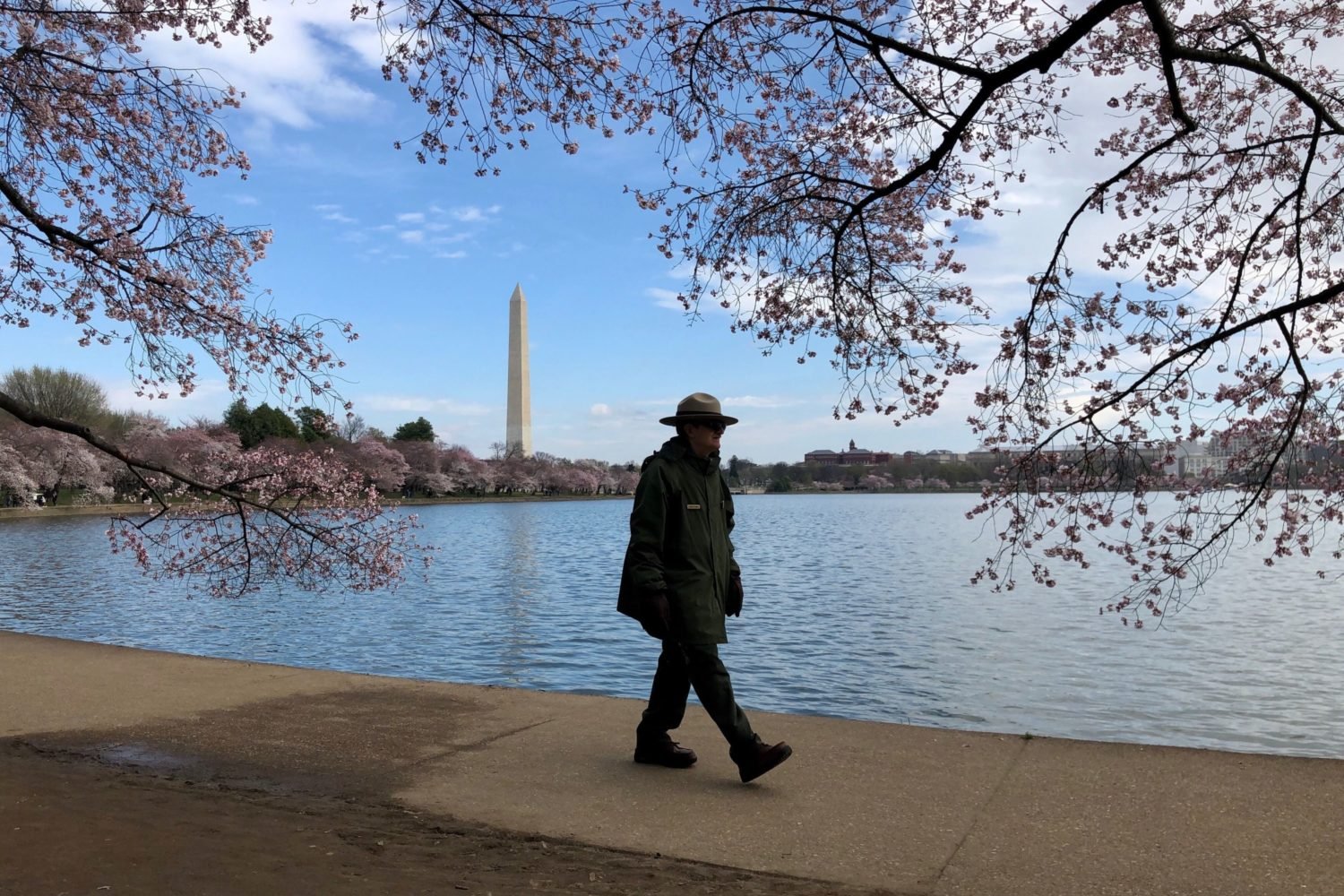About Coronavirus 2020
Washingtonian is keeping you up to date on the coronavirus around DC.
What will the Washington dining landscape look like when lockdowns lift, the virus (hopefully) fades, and life returns to some semblance of normalcy? How will customers have changed? What kind of businesses are most likely to rebound? We asked people all across the restaurant industry—chefs, owners, real estate brokers, accountants—for their predictions.

First, the bad news. A lot of local restaurants are likely going to disappear.
“A lot of restaurants aren’t going to open back up. The restaurants that I’m not really worried about are restaurants like mine, restaurants that know what the Washingtonian 100 Best list is. I’m talking about the restaurants that don’t give a shit about any of that. The restaurants that, it’s like, their American dream. It’s all they’ve got, and they put their kids through college with it, and they may not have done taxes in the past year or two. And now they have these loans that you have to do your taxes in order to apply for. These are the restaurants that feed America when America is hungry.”
-Kwame Onwuachi, chef/owner of Kith and Kin at the Wharf
“I think you’ll see three stages of closing. There are people who will never reopen. Then you’ll have the people who open and realize they’re too far in debt within 30 days. Then you’ll have another round of closings when deferred payments are due in 90 days or whenever, and they haven’t quintupled their business since reopening and there’s no way to pay it back. It’s going to be a long and lingering death for some. You’re going to have a ton of empty storefronts.”
-Bill Thomas, owner of Jack Rose and the Imperial in Adams Morgan
“It’s going to be horrible the whole year. It’s going to take a month for people to recover from not working. People are going to be behind with payments, behind with mortgages, behind with everybody. The Latinos are going to be [hit] the worst. A lot of people don’t have credit cards—they’re going to take more time to recover… I can be good with savings and get money from here and there, I can survive for another two months. After that, if nothing changes, I don’t know what’s going to happen.”
-Alfredo Solis, co-chef/owner of DC and Virginia restaurants El Sol, Mezcalero, and Anafre
“There are a lot of restaurants that people take for granted that aren’t going to make it—where people go once a month, or once every two months, but never post about it or write about it. Their failsafe place.”
-Danny Lee, co-chef/owner of Anju, Chiko, and Mandu in DC.
“I think about the places that just opened: cash poor, in debt. They were counting on cherry blossoms and graduation season for cash flow to prop them up. Most small restaurateurs don’t open with six months worth of capital. You work with no months of capital. I hate what Trump says, about how restaurants will survive, just with new owners. I get it, but it’s a shitty thing to say.”
-Tim Ma, chef at American Son in downtown DC

Fine dining will have an especially tough time.
“Landlords are going to be very cautious just to sign on with somebody just because they want to. They’re going to say—what’s the premise of your business? Versus not just how much money you have. Menus that are meat and potatoes and have broad appeal will be safer than very high-end complicated restaurants. They’re going to be cautious about fine dining.”
-John Asadoorian, real estate broker
“It could be the nail in the coffin for fine dining. People are going to crave all the social settings they missed out on—the simple pleasures and simple luxuries. Getting haircuts, going for a nice dinner, those are indulgences people will want to enjoy. But if people don’t have the money they’re not going to a fine dining restaurant.”
-Charissa Benjamin, publicist and co-owner of Savor PR
Or will it?
“When this is all said and done, people are going to want to go out. They’re going to want to get out of the house and they’re gonna realize, ‘oh, our anniversary was missed,’ so they’re going to go to the fine dining restaurants, they’re gonna go to Komi, they’re going to go everywhere. It’s just they’ll have less choices.”
-Todd Thrasher, rum distiller and owner of Tiki TNT at the Wharf
“There will be hesitation to put money into just a standalone restaurant. If you’re in the middle—not fine dining and not fast-casual—it will be more challenging. Unless you have a great model that can do delivery, takeout, but then provide an in-house experience, more people will be hesitant to invest. People are already thinking about it now: How do I switch my casual model into a fast-casual model? The high-end and fine dining will still stick around because of how celebratory they are. That’s for special occasions and usually built into the financial model—that you’ll see a customer once a year, not once a week.”
-Anonymous restaurant investor
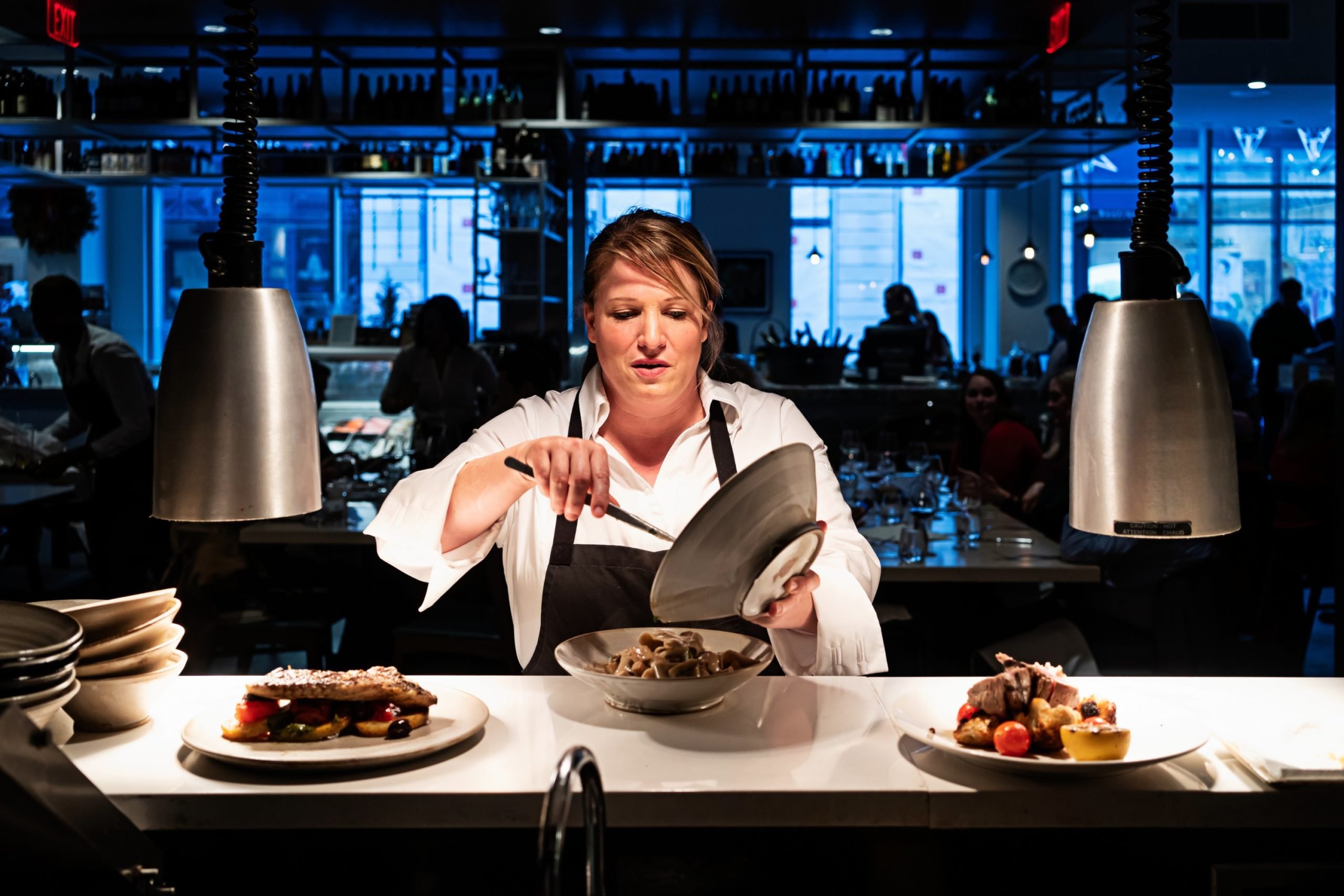
The rise of home cooking will have a major effect on both diners and restaurants.
“The most interesting thing sociologically for me is the feeling that restaurants are essential because people can’t, or don’t have the facilities, to cook—which is kind of shocking to someone who cooks…Will there be a revival of home cooking? Having other people cook for you is a trend that seemed unstoppable. I would be surprised if this [the temporary restaurant closures] didn’t affect that.”
-Ruth Gresser, chef/owner of Pizzeria Paradiso in DC, Maryland, and Virginia
“There are going to be a lot of good home cooks after this, so the expectations are higher. We’ve got to step it up. People want to go out and have something they can’t do at home.”
-Rob Rubba, chef at forthcoming Shaw restaurant Oyster Oyster
“Some restaurants are selling pantry items or butchering and selling their own meats. Sometimes you see bakers who are not just selling cupcakes and brownies but the kits to make them at home. I think long term, you’ll see more of that convenience.”
-Jennifer Resick Williams, publicist and owner of Know Public Relations
“Our business is down 75-percent due to restaurants. I’m talking to friends with fish, meat, catering, and ultimately we’re going provide people with food at home. It’s going to be like the old-school milkman situation.”
-Kosta Dionisopoulos, founder of restaurant vendor Delta Produce
But we all need to get out of the house.
“It’s going to be the younger neighborhoods that rebound a little quicker. The 14th Streets of the world, the Shaws. I’m talking about where the millennials live, because they’re going to be more confident. Everybody’s younger, they feel better about themselves. They’re used to going out four or five nights a week, eating and drinking, and there’s only so much at home that they can deal with.”
-Tom Papadopoulos, real estate broker
“I think it’s easier for the Salt Line because so much of it is outdoors. I think that places with large outdoor spaces are going to be the places that benefit first when we reopen.”
-Gavin Coleman, co-owner of the Salt Line in Navy Yard and the Dubliner in Capitol Hill
Carryout and grab-and-go will stick around in a big way.
“There’s still going to be a lot of takeout. Grocery delivery will become much more popular. Those are revenue streams that a lot of restaurants don’t take advantage of. I think the public is going to dine at home more often for the immediate future. I don’t know if it’s going to be forever, but I think these revenue streams will continue to become very important for restaurants.”
-Amy Brandwein, chef/owner of Centrolina and Piccolina in CityCenterDC
“Crises like these tend to accelerate trends that were already taking hold, and they just bring them to life faster, whether that is online ordering, digital ordering through the app, delivery. We had opened five pick-up-by-car locations in the past 18 months and those are performing better than most of our locations. People can order on the app, pull up to the window, grab their bag, not even get out of their car. I think you will see those trends of meeting people where they are.”
-Brett Schulman, CEO of Cava, the locally based fast-casual and restaurant chain
And maybe influencers too?
“A lot of us [Instagram food influencers] don’t make the majority of our money through restaurants. We make it through other brand partners, and restaurants are really just the everyday content that people want to see—we either pay for it or we get free food. So I don’t think in that sense it’s totally scary. It’s really just a matter of when can we get back to normal and be able to go to restaurants? And the way people eat out, is that going to change? But it’s definitely not like, ‘oh, I’m cutting this [@DCFoodPorn] off.’”
-Justin Schuble, influencer/founder of @DCFoodPorn
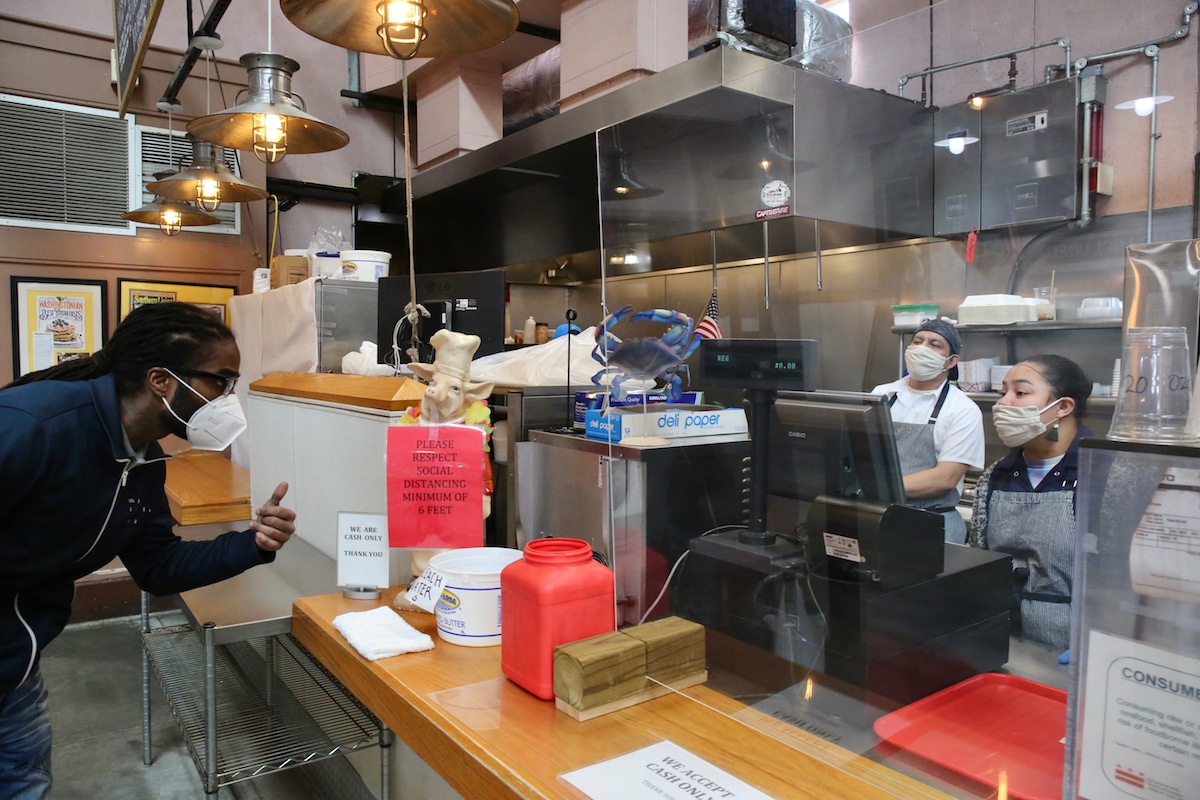
But a whole lot will need to change about the way restaurants operate.
“We have to change everything we’re doing—cooking, price points, service, style. It’ll start with better hospitality. There are restaurants that make you feel like they’re doing you a favor by giving you a reservation. That should go out the door. I’m a chef and I love being creative, but right now everyone has to be a little humbled. We have to, when we do a menu, think of something people might want easily. I love molten chocolate cake—that’s what I’d order. Something more complicated might not sell.”
-Pichet Ong, former pastry chef at Brothers & Sisters in Adams Morgan, chef at Nihao in Baltimore
“Right now ABRA is offering alcohol to-go and they need to do it permanently. Restaurants need to become more complete serviceable to-go. Not just for this desperate time, they need to do it all the time. As soon as we put out a sign for Moscow mules, business started picking up.”
-Alan Popovsky, owner of Lincoln, Teddy and the Bully Bar, and Declaration in DC
“Restaurants are highly regulated and I think certain things need to go down, like sales tax. And tax breaks in general. Even our health inspections. I don’t know any health inspector that’s come to the restaurants I’ve been at that have ever even worked in a restaurant or knows how to operate, let’s say, a Cryovac machine. But they’re telling me I can’t use it? Why can we now serve liquor to go but could never do that before? You know how much revenue that is for a restaurant if we can do that always? We’re heavily regulated by people that don’t understand our business, don’t understand the razor thin profit margins. They walk past and they see a busy restaurant and they think that we’re rolling in money. In fact, nine times out of ten, our staff is getting paid more than we are.”
-Kwame Onwuachi, chef owner at Kith and Kin at the Wharf
“What’s it going to look like for restaurant workers? They’re impacted so heavily by this and we know and we’ve known that making your life’s work the restaurant business is not going to give you a great standard of living necessarily. Is this going to move that needle? Can this crisis shift income from landlords to workers? There’s a lot of things that are up in the air about how everything looks.”
-Ruth Gresser, chef/owner of Pizzeria Paradiso in DC, Maryland, and Virginia
“Unless our memories are really short, one positive affect is people will start to take their financial planning seriously. For years it’s been a big battle for me to get even successful restaurants to hear the message ‘whatever is happening today isn’t what’s happening two years from now.’”
-Matt Hetrick, restaurant accountant and co-owner of Preserve in Annapolis

Let’s end on a soothing note.
“When I travel, I try to visit the oldest operating bars and restaurants in any city I go to, and it’s always been comforting even before this for me to look at places that have gone through plagues and fires and wars and revolutions, to just see places that have been operational for hundreds and hundreds of years sometimes, and to think about the way that life has radically shifted and gone through so many upheavals. Small things become different all the time, but the fundamentals really have remained the same for as long as we’ve been coming together.”
-Brian Miller, restaurant designer and co-owner of Edit Lab at Streetsense







